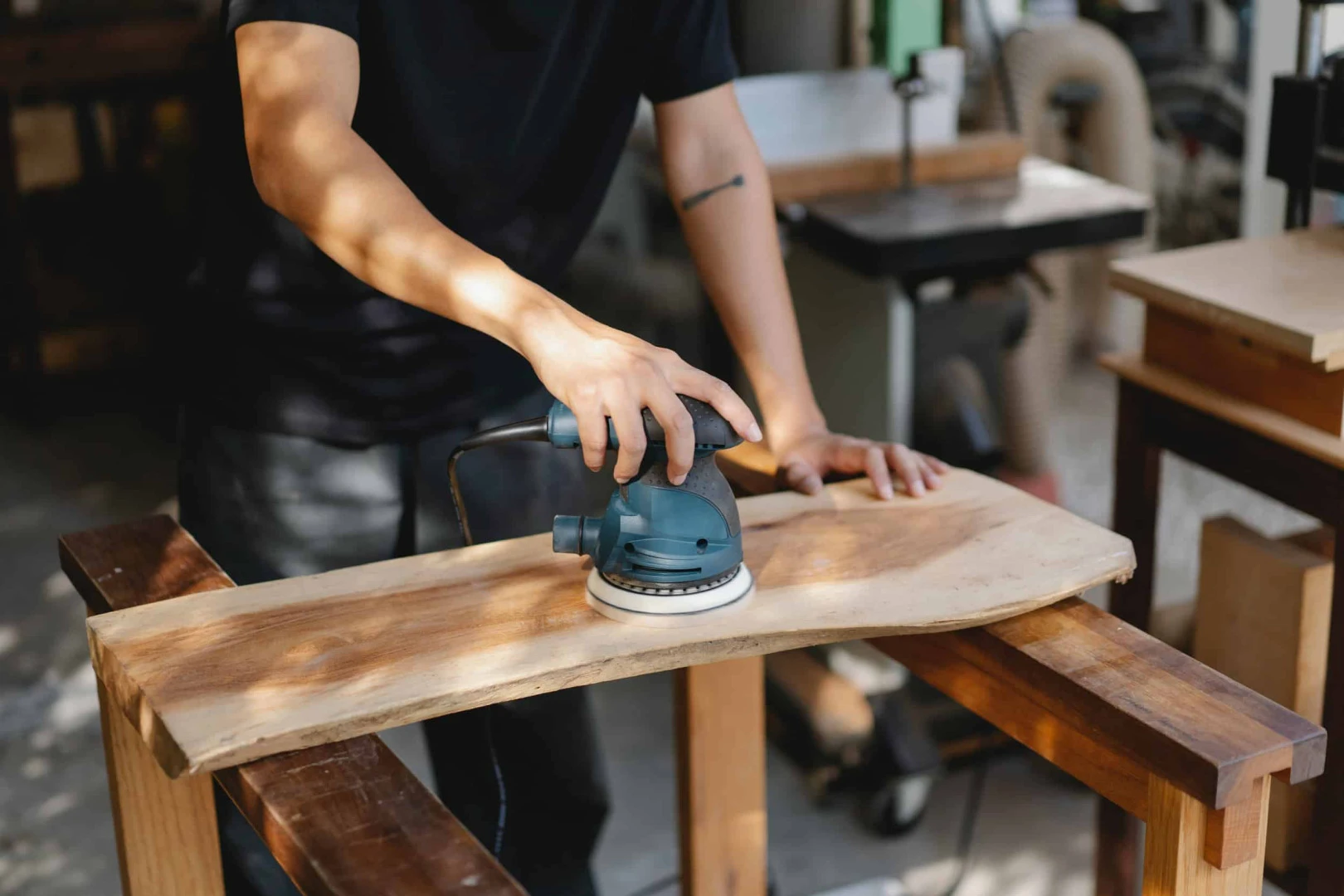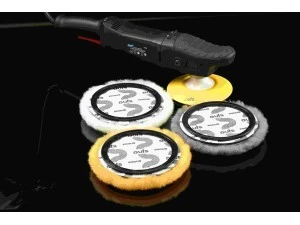Achieving harmony between sanding and polishing on glossy paint surfaces is a fundamental step for obtaining high-quality results. This process relies on thorough surface preparation and the application of correct techniques. Initially, sanding is crucial to create a smooth base. Choosing the appropriate grit and applying proper sanding techniques removes surface imperfections. Polishing then follows, enhancing surface gloss and depth. At this stage, the use of suitable equipment and proper polishing compounds is essential. The coordination between sanding and polishing determines the final product’s quality in terms of both aesthetics and durability.
Key Considerations for High-Gloss Surfaces
When sanding and polishing high-gloss surfaces, several factors must be considered:
Correct Sandpaper and Grit: Selecting the proper grit based on surface characteristics is critical for achieving the desired gloss.
Minimizing Heat Build-Up: Excessive heat during sanding can cause deep marks and surface damage.
Polishing Equipment and Compounds: Choosing the right polish and tools ensures a flawless finish and maximum gloss.
Following these steps helps achieve impeccable results on high-gloss surfaces.
Importance of Sandpaper Grit Selection
The choice of sandpaper grit directly affects the success of sanding. Coarse grits remove major imperfections, while finer grits smooth the surface and enhance gloss. Proper progression between grits prevents deep sanding marks. High-quality sandpaper also contributes to better results and long-lasting surfaces.
Preventing Deep Sanding Marks
To avoid deep marks during sanding:
Use the correct grit sequence, starting with coarse and transitioning to fine.
Avoid applying excessive pressure, which can increase heat and cause scratches.
Utilize water or other cooling methods to protect the surface and maintain smoothness.
Regularly monitor the sanding area to prevent unwanted marks.
Achieving a Flawless Base with Kovax Sandpaper
Kovax sandpaper is preferred by professionals for surface preparation due to its high-quality materials and uniform grit structure. It creates consistent surface texture while effectively removing imperfections. When used with wet sanding techniques, Kovax ensures all defects are addressed, providing a smooth foundation for polishing.
Standard Marks Provided by Kovax
Kovax sandpaper leaves consistent, controlled marks that facilitate subsequent polishing. Its specialized grit ensures even surface roughness, minimizing the risk of deep scratches. Sanding with Kovax prepares the surface for high gloss and uniform reflection during polishing, making it an indispensable tool for professionals.
Creating a Smooth Surface Before Polishing
Preparing a smooth surface before polishing is critical for a successful finish. Sanding removes all imperfections and creates an even base. When Kovax sandpaper is used, surface uniformity is maximized. Fine scratches from sanding can then be polished to achieve deep gloss. Cleaning residual sandpaper particles ensures optimal preparation for polishing.
Proper Equipment for Polishing
Using the right polishing equipment significantly impacts the final gloss:
Polishing Machines: High-quality machines ensure an even and effective finish.
Polishing Pads and Compounds: Correct selection improves efficiency and adapts to various surfaces.
Equipment Maintenance: Well-maintained tools deliver consistent results.
Proper equipment usage is fundamental for a successful polishing process.
Achieving Gloss with UFS Lambswool Pads
UFS lambswool polishing pads are ideal for achieving high gloss. Their soft structure provides effective polishing without damaging the surface. The pad distributes polish evenly, creating uniform shine. UFS pads come in different densities and thicknesses to match specific surface characteristics, delivering depth, gloss, and a flawless finish.
Pad Selection Based on Sanding Results
Choosing the right pad depends on the smoothness achieved after sanding:
For very smooth surfaces, softer pads provide high gloss.
For surfaces with minor unevenness, firmer pads remove imperfections first.
Proper pad selection enhances sanding results and ensures the desired final appearance.
Professional Tips for Sanding and Polishing Harmony
To achieve optimal harmony between sanding and polishing:
Use progressive sanding, transitioning from coarse to fine grits.
Select a polishing compound that complements the sanding results.
Maintain consistent attention and care during polishing.
Ensure equipment and materials are compatible throughout the process.
These tips are key to professional-quality results.
Progressive Sanding Technique
Progressive sanding improves efficiency by addressing major defects with coarse grits, then refining the surface with fine grits. This approach prevents deep sanding marks and creates an ideal base for polishing. It is especially effective for sensitive surfaces like automotive paint.
Supporting Results with the Right Polishing Compound
Choosing the correct polishing compound enhances sanding outcomes and maximizes gloss. Abrasive compounds remove light imperfections, while finishing compounds deliver a flawless shine. Selecting the proper compound according to surface type and desired result is essential.
Protective Steps for Long-Lasting Gloss
To maintain deep, long-lasting gloss:
Apply protective layers like wax or sealants post-polishing to preserve smoothness and prevent dirt adhesion.
Use UV-protective products to prevent sun damage and fading.
Regular maintenance and cleaning sustain surface gloss over time.
These protective measures ensure the aesthetic value and durability of glossy surfaces.



